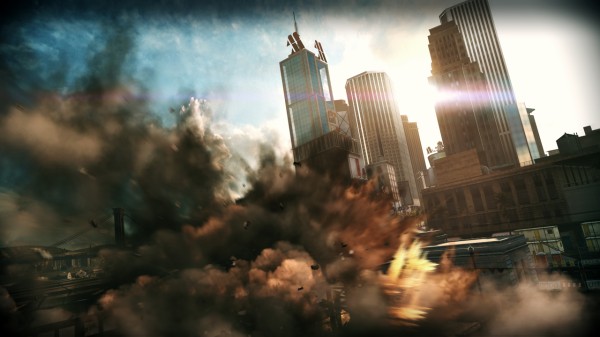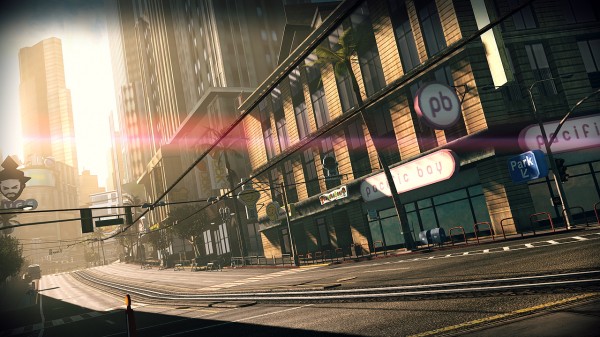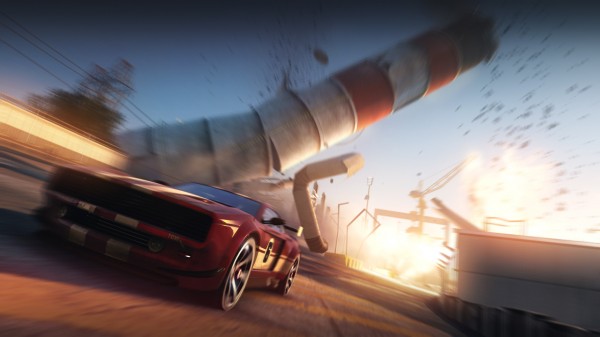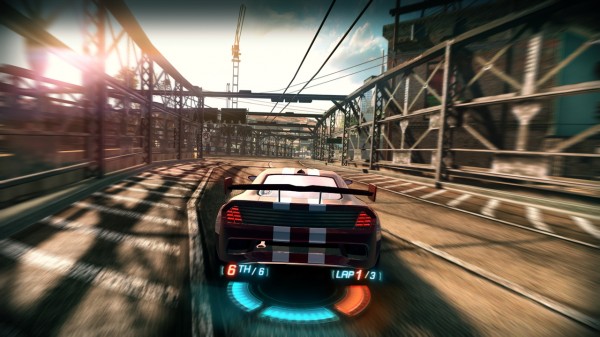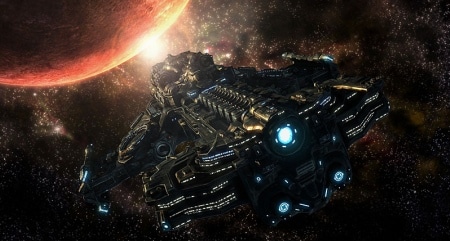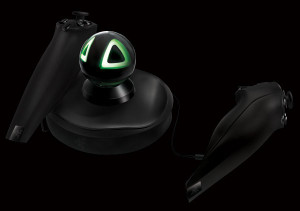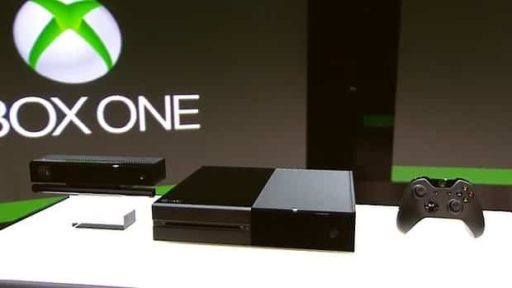Split/Second is an action-racing game developed by Black Rock Studio and published by Disney Interactive Studios for Microsoft Windows, Sony PlayStation 3 and Microsoft Xbox 360.
There are very few games that can make this writer jolt his arms and head about like a caffeine addict on an energy drink binge. 2004’s Burnout 3 was one of them, its insufferably tough Burning Laps goading me into thrusting my head from side to side as I weaved between oncoming traffic at 150mph, sucking air between my teeth as I pile into the bus that’s crossed my path at Riviera’s junction. Idiot.
But since then, nothing. Not even Burnout’s later sequels could recapture that thrill a minute sensation. I genuinely thought that the days of the heart-pounding, edge of your seat racer were over. At least, until now…
Split/Second is fast. Stupidly fast. It’s Burnout on speed, the blisteringly fast supercars charging through the game’s locales at a rate of knots enough to send any normal man crashing into a coma. That’s if you pick the supercars, at least. The sports trucks are sluggish, but grip corners like nobody’s business, rocking through the pack like tanks given a onceover by West Coast Customs. And the muscle cars, well, they’re your drift-crazy middlemen.
So far, so your typical ‘high-octane’ arcade racer. But the rest of Split/Second is far from standard, and so far removed from any racer you’ll have played before that you’ll wonder how no one has ever attempted anything like it before. It’s ingenious, injecting creativity and originality into a predominantly static genre – and it’s utterly brilliant for it.
It’s based around a TV show, with each of the game’s five locations a separate component of the Split/Second set. There’s a Downtown area, an Airport, Dock, Power Plant and a Canyon, each rigged for destruction and loaded with opportunities to obliterate your opponents. Things like blowing up a power plant’s cooling tower as racers nip through it, for example, or detonating explosives rigged to a railway bridge, causing the train and its freight to come crashing onto the raceway below. You know, as you do.
These aren’t random events, of course, but a core part of Split/Second’s gameplay. They’re called Power Plays and are activated by building up your Power Bar, a segmented blue and red bar that sticks to your vehicle’s bumper. Similar to Burnout’s boost bar, the Power Bar fills by drifting, drafting and jumping, with bonuses added for any close calls with your rivals’ Power Plays.
On filling up a blue segment you’re able to activate one of the level one Power Plays dotted around the track, usually a shortcut or an explosion just big enough to strike one of your rivals, like a helicopter dropping an explosive barrel or a queue of taxis exploding onto the track ahead. Alternatively you can save your power for a level two Power Play, colossal real-time events that can rock entire sections of track or create entirely new routes on the fly.
They’re a spectacle to watch – particularly if you activate the instant replay cam when prompted – and everybody’s bound to have their favourite. Ours? Well, it’s sending Downtown’s Space Needle tumbling to the ground, crushing racers below while bridging an alternate route onto the roofs of the surrounding buildings. Like we said: brilliant. The mechanic works fantastically well and barely ever feels cheap, with the sense of satisfaction earned by annihilating your opponents via a well-timed trigger unmatched in any other racer – a feeling amplified tenfold when you manage to pull it off on the final stretch.
You’ll experience plenty of these moments throughout Split/Second’s twelve-episode structure, but remarkably, Black Rock hasn’t simply left its inventive cap there. The studio’s implemented alternative score-chasing modes to add a spectacular amount of variety and longevity, including the stunning Survival, Elimination and Air Strike modes, the former tasking you with overtaking 18 wheelers while avoiding the explosive barrels pouring out of their haulage, and the latter outmanoeuvring the missiles raining down from an attack chopper.
A further mode, Air Revenge, turns the tables, tasking you with blasting the chopper out of the sky by building up your Power Bar and deflecting its rockets back at it as fast as possible, while the fifth mode, Detonator, is Burnout’s Burning Lap in all but name, pitching car against track in an explosive time attack as each of the Power Plays unfold around you. Each mode, unsurprisingly, has that ‘one more go’ element in spades.
If we have one complaint it’s that Split/Second is disappointingly brief, both in the amount of tracks available (eleven race tracks in all, with variants for other game modes) and the length of its career, which can be completed in little over six hours and, if you’re good, 100 per cented in just shy of eight.
Balancing issues, too, can occasionally baffle, with many of the later events far easier than those around the halfway mark, something you’ll notice instantly if you do attempt to go back and perfect the game. The relative lack in locales also means that you’ll often be racing over the same sections of track, a severe setback on the face of it, but somewhat less so when you consider how differently each race can play out as a result of the Power Plays.
It’s worth mentioning that Burnout 3 shared similar issues, of course, but its fantastic multiplayer options ensured we kept coming back. The same is true here, with Split/Second’s multiplayer remaining just as exciting the tenth time playing online as it is the first, with fantastic variations on Survival and Elimination thrown in alongside the not-quite-so-bog-standard racing.
And exciting is the perfect way to summarise Split/Second. It’s beautiful, addictive and filled with innovative modes and mechanics that not only set a benchmark for arcade racing, but reinvigorate the genre wholesale. It’s the best racer we’ve played since Burnout 3 and, most likely, the best and most original arcade racer you’ll play this generation. An energy drink for your console, in other words.
Source: Gamerzines



